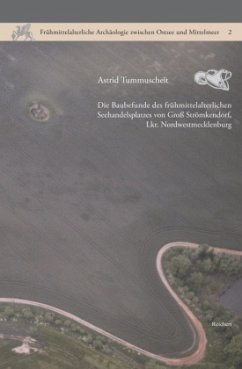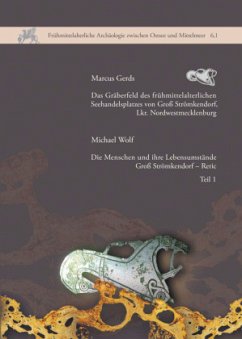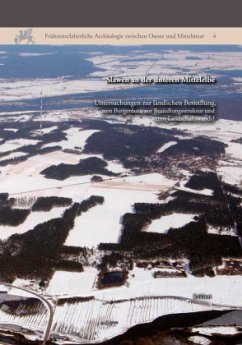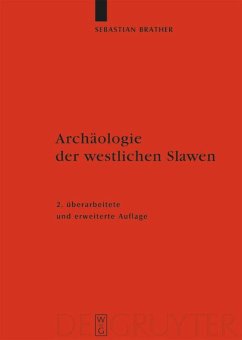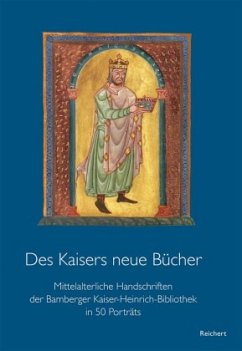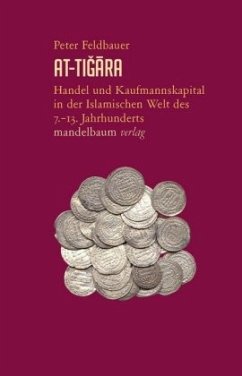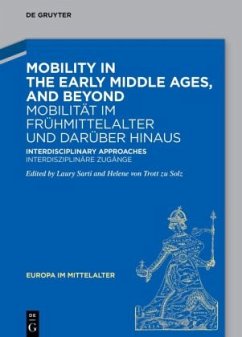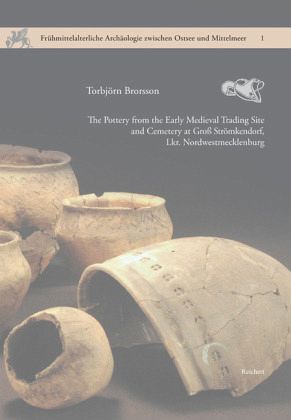
The Pottery from the Early Medieval Trading Site and Cemetery at Groß Strömkendorf, Lkr. Nordwestmecklenburg
Versandkostenfrei!
Versandfertig in 2-4 Wochen
29,80 €
inkl. MwSt.

PAYBACK Punkte
0 °P sammeln!
This book is an archaeological study involving natural sciences analyses of the ceramic find material from the settlement and the cemetery of the early medieval trading site Groß Strömkendorf, Nordwestmecklenburg. During the 8th and early 9th century Slavs, Scandinavians and Saxons used the place as a trading centre, and the site was most likely identical with the "emporium Reric", mentioned in Frankish Annales. The imported ceramics mainly derive from Scandinavia and the coastal region of the North Sea, but a large amount of sherds also came from the Rhineland and the Eiffel.
Dieser Artikel kann nur an eine deutsche Lieferadresse ausgeliefert werden.



